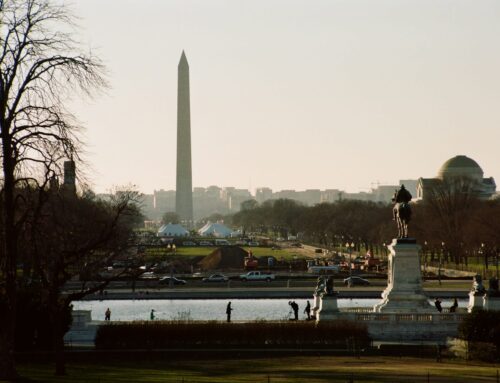If you have been living under a rock, you might not know that California is on fire. Horrific images of this year's Golden state inferno are dominating network and cable television. This is a national tragedy — more than 2,600 homes have been lost and more people have died in these fires than in all other forest fires this year.
This tragic loss of life and homes in a heavily populated, fire-prone landscape exemplifies how the nation's fire management has gone wrong. More than 700,000 acres of primarily chaparral have burned, eating up enormous sums of fire suppression funding. But, the incredibly fire prone brush lands that are on fire right now typically get the short end of the stick when fire prevention loot is doled out by the feds. Instead, it's the remote areas full of high-value timber that get the big bucks. This explains why two out of the last three fire seasons cost taxpayers an estimated $1.6 billion apiece for federal fire suppression alone – more than one quarter of the entire Forest Service budget for fiscal year 2003.
The timing of these fires couldn't be better for congressional ambulance chasers. This week, a bunch of Senators took advantage of the losses to California's communities to promote the multi-billion dollar Healthy Forest Restoration Act. There is little doubt that a concrete federal fire management policy needs to be fully implemented to address the tolls wildfire has on western communities. Unfortunately, this legislation just isn't the answer.
Congress and the administration are benefiting from “fire hysteria” by swaying the public into accepting this proposal that could actually threaten forest health and break the bank. The main focus of the current wildfire bill is to streamline the process by which timber companies thin in the national forests to reduce the risk of fire. The bill fails to target funds to communities most at-risk by allocating 50 percent of funds to treat federal lands in backcountry areas far away from homes or communities, and even includes $125 million in subsidies to the biomass energy industry. But, it won't do anything to prevent the tragic losses to homes and lives that we are seeing in California. In fact, an amendment by Senator Boxer (CA) to better target fire prevention funds in at-risk communities was voted down.
There is a better, cheaper way to protect at-risk communities from the tragic loss of lives and property. A hurried effort to thin America's 191 million acres of national forests will not work – fiscally or logistically. Instead, we need a long-term plan that spends the lion's share of money on preventing fires and fire proofing property where they do the most damage: near communities and costly infrastructure. Focusing funds in these areas can help to ensure the greatest protection of human life and property.
With lives and homes at stake, the task of fire prevention is a serious one. Despite the claims of a few lawmakers that the Healthy Forest Restoration Act would have saved California, the devastated communities that we have seen on television all week would have still gone up in flames.










